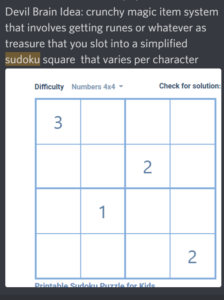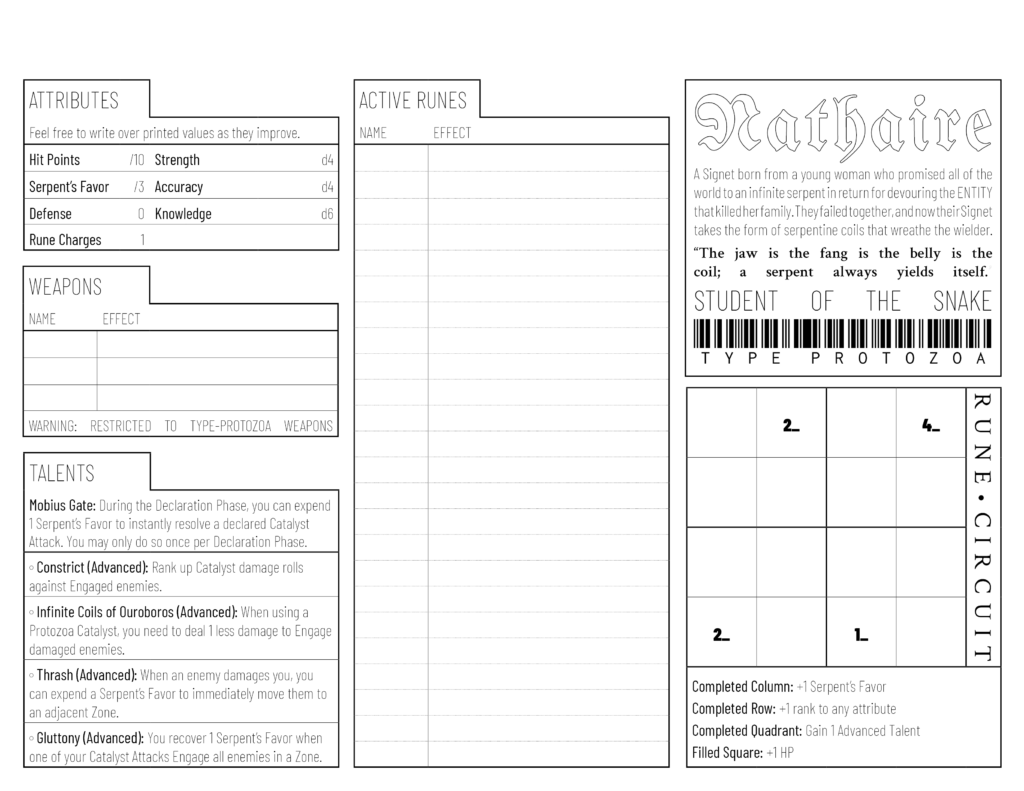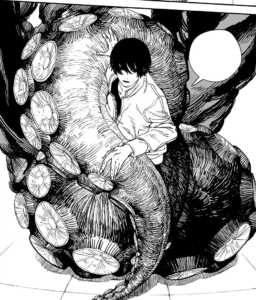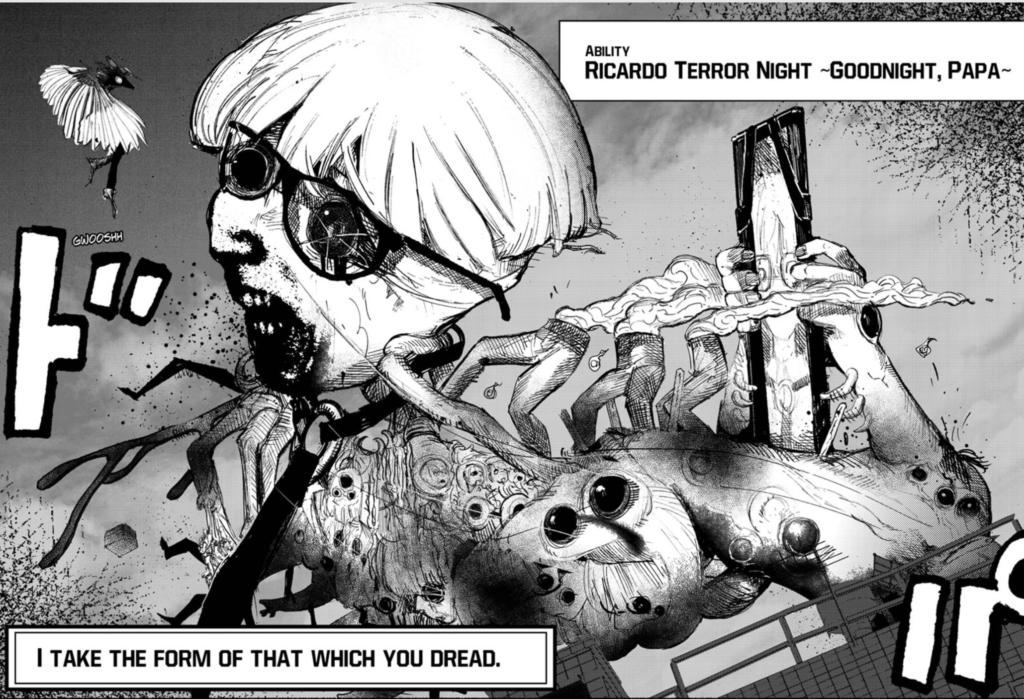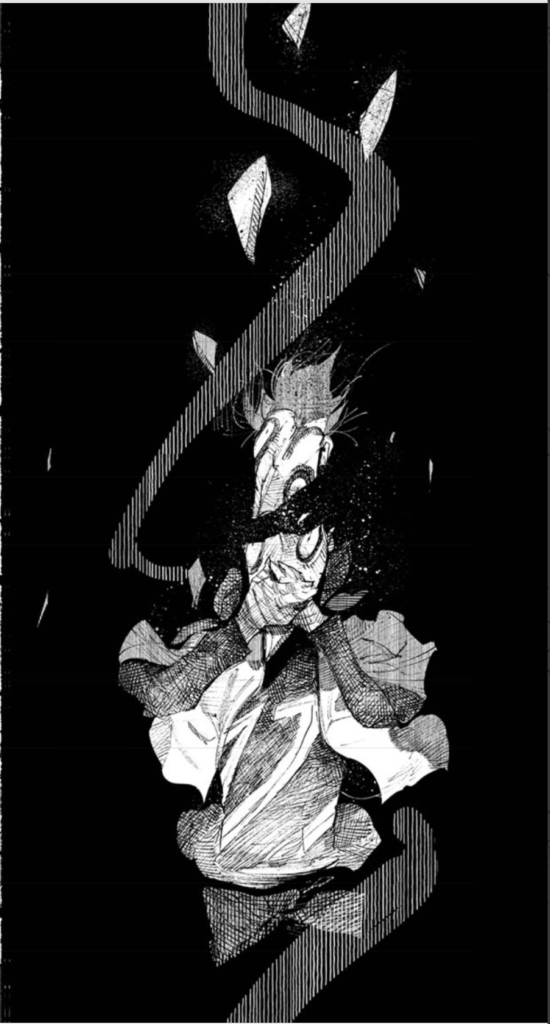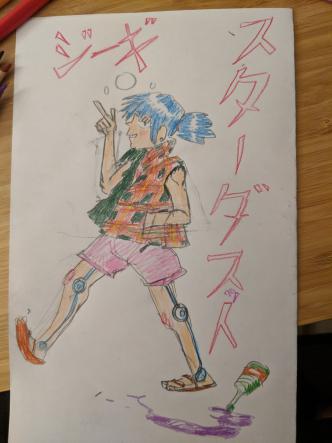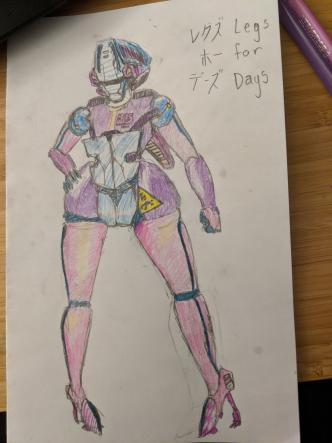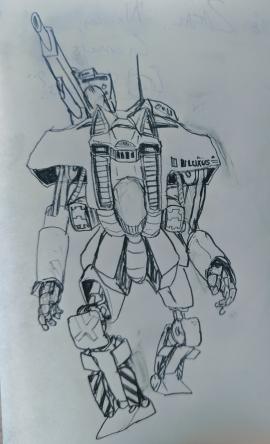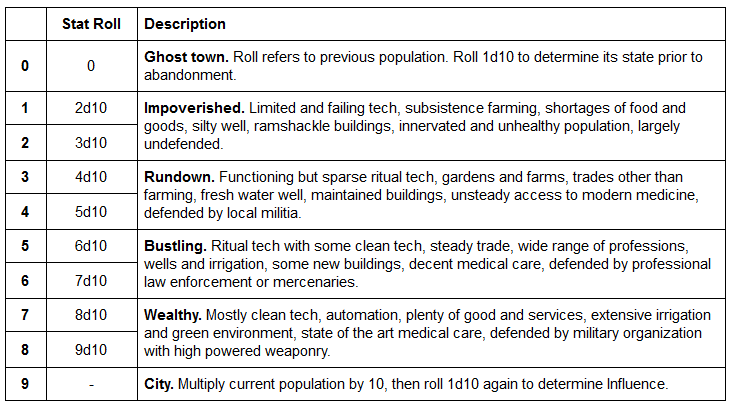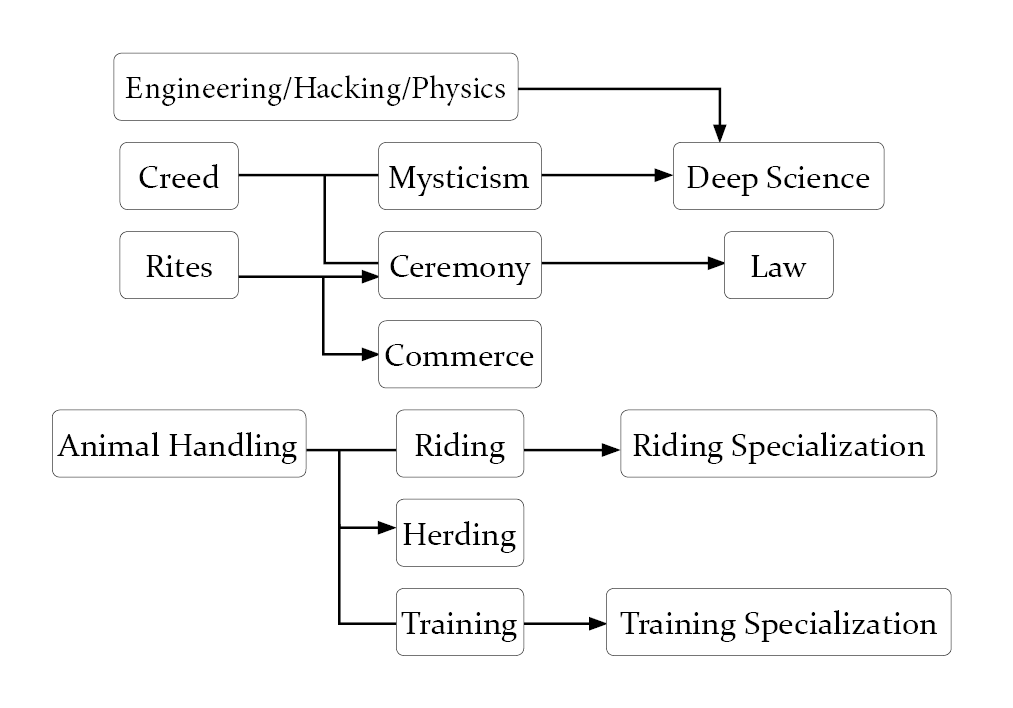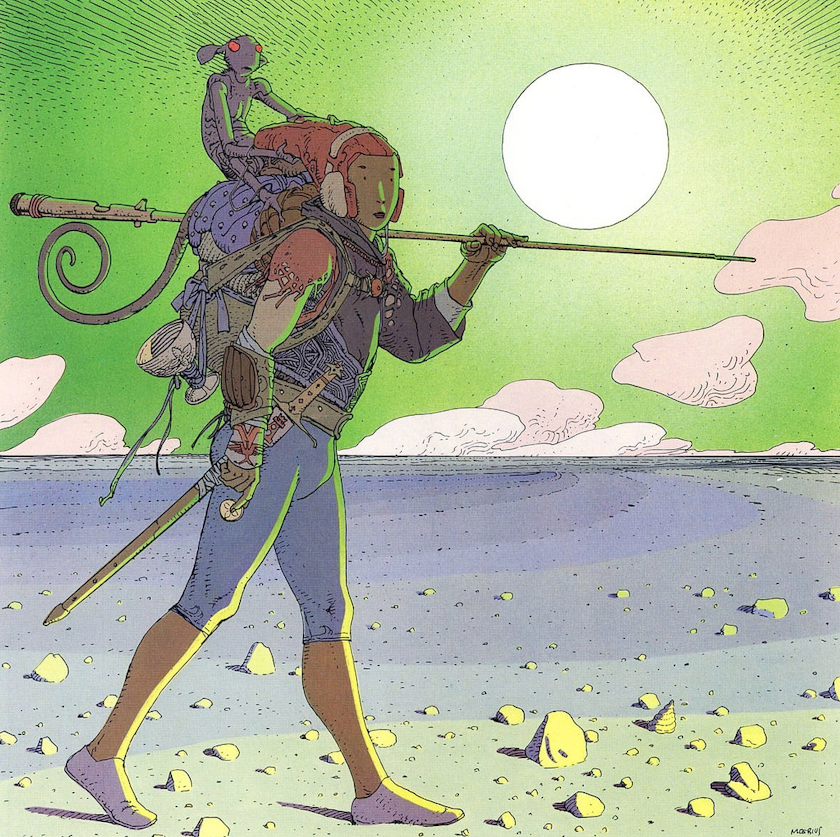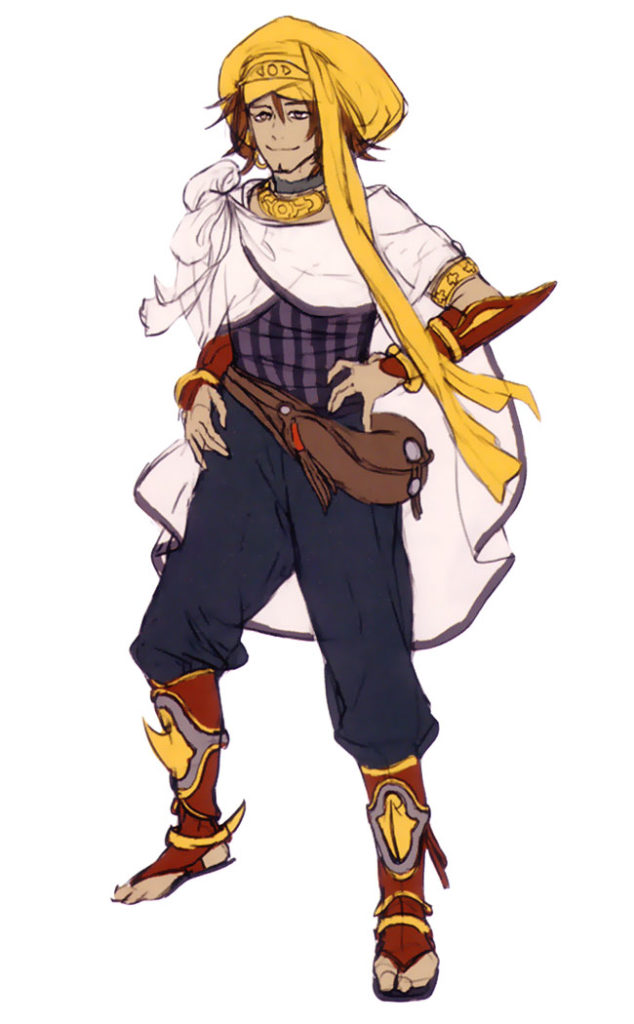Break!! is coming out soon. The draft pdf is very good and I want to run it. Put together a little setting sketch/player brief that remixes the default setting a little. I wanted to do something that made a West Marches-esque game that enables easy drop-in / drop-out but also longer arcs, so I busted the four primary zones in Break up into Spelljammer-esque planes and put a simple pathcrawl on top of them. Players can pick from a list of jobs and missions designed to be finished in 1-2 sessions.
Intro
The Cosmos is broken up into innumerable worlds, all but inaccessible to each other. However, the brave and knowledgeable may voyage between them on the interdimensional Sea of Erebus. It is a vast and jewel-black abyss with a sparse scattering of Stations that permit entry into their respective worlds.
You are the crew of an ancient celestial craft able to traverse the perilous waters of Erebus: a legendary heavenliner. It looks something like an old-fashioned passenger ship and something like an Art Deco cathedral. It is your perilous and lucrative job to ferry passengers and carry cargo from world to world.
Starlines
Starlines are currents of aether that link the Station of every world in Erebus. They are visible as golden threads, just beneath the surface of Erebus’ waters. The starline that links the four Known Worlds is called the Crescent Line. The Halfmoon Line once linked the two farthest worlds, the Blazing Garden and the Wistful Dark, and allowed access to the Worlds Beyond, but it has long since been lost.
Worlds and their Stations
There are four Known Worlds: the Blazing Garden, the Buried Kingdom, the Twilight Meridian, and the Wistful Dark (i.e. the four primary zones in Break!!). They were once one world, but some long-passed cataclysm wrenched them apart and scattered them across Erebus.
Each world has a Station on the Crescent Line. They are enormous, beautiful buildings, constructed lovingly by an unknown hand, and each contains a gateway to their respective world.
- Wistful Dark’s Station Lamentorum: An elegant neo-Gothic confection illuminated by indigo lamps and crowned by a clocktower. The worldside Station is a vine-swathed ruin in the Shadowed Lands, meaning that importing goods into and out of the Wistful Dark requires a lengthy caravan journey. A bustling caravanserai has cropped up around the worldside Station, but it faces the bandits and undead that make their home in the Shadowed Lands. Rumor has it that the Erebus-side Station contains a hidden sub-basement where the Unshaped hid some fabulous artifact.
- Twilight Meridian’s Station Nubium: An immense pavilion built from fragrant wood of an unknown tree, illuminated with heatless braziers that burn rosy pink and pale purple. The worldside Station is a well-tended, albeit much smaller twin located not far outside the capital of the Seven Holy Isles, guarded (and taxed) by the Shogun’s court. Rumor has it that somewhere in the Pavilion’s mazelike chambers lies a coffin containing an ingenious shipwright imprisoned eternally for defying the gods before their banishment.
- Buried Kingdom’s Station Ingenii: A Cyclopean edifice blanketed with moss and lichen, illuminated poorly with fireflies and luminescent fungus. The worldside Station is a totally unmanaged grotto, and all manner of precious goods, illicit or otherwise, spill in and out of the bazaar that has sprung up in its vicinity. Rumor has it that Station Ingenii’s depths contain some hint of the fate of the long-lost giants.
- Blazing Garden’s Station Crisium: A palatial monument of red sandstone and embellishments in gold and branching red coral. Its worldside Station is part of an extensive dragonshrine complex in Taaga, which mediates between heavenliner crews and the worldside community of merchants doing brisk business. Rumor has it that the gardens that line the Erebus-side Station bloom with mythological herbs and flowers once every hundred years.
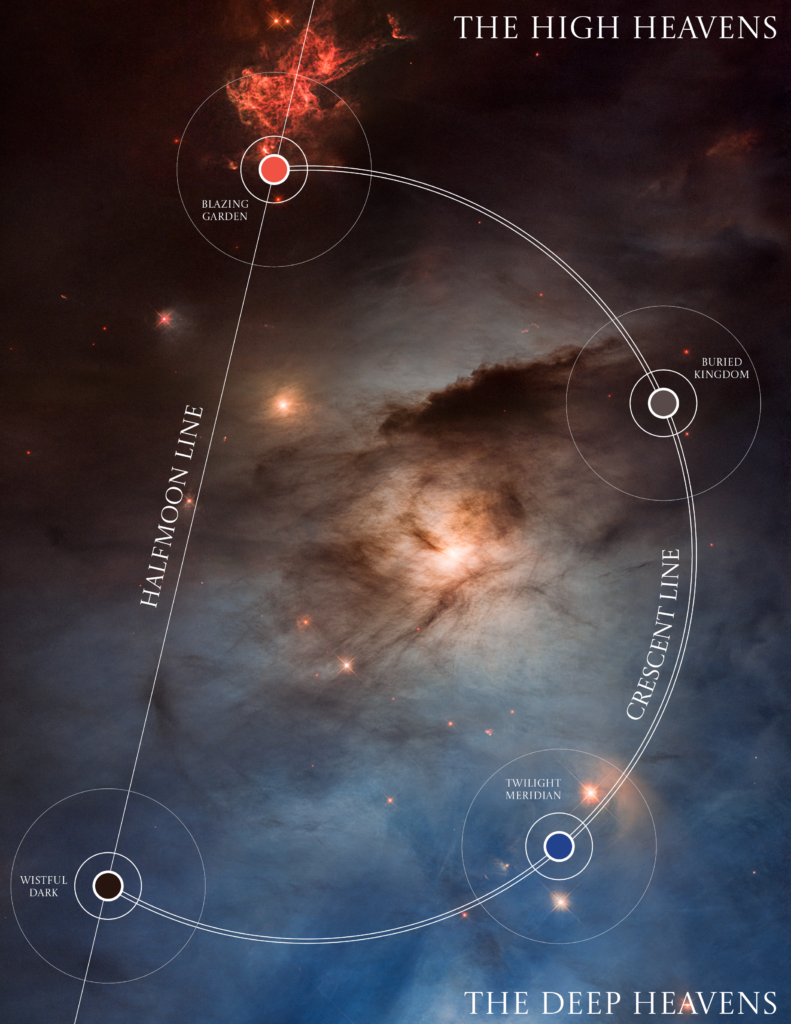
Demimondes
Some worlds are small enough to float on the surface of Erebus without a Station. They might be artificial, constructed by asura, deva, or especially powerful sorcerers, or fragments of ancient worlds eroded down to wandering islands.
The most famous demimonde is the Lantern House, constructed by Sagess Saith as a hotel for affluent travelers of Erebus. Her magic, aligned with shadow, flame, and smoke, maintained the Halfmoon Line. When the Lantern House went dark some centuries ago, the Halfmoon Line vanished with it. Bringing light back to the Lantern House could restore the Line, but voyaging into the gulf between worlds with only dead reckoning and a determined crew would require a surpassingly talented navigator. This is to say nothing of confronting whatever power extinguished the Lantern House to begin with.
Lost Worlds
Through the Halfmoon Line are the Lost Worlds, half-remembered through centuries of isolation.
- Malian, the profane cosmopolis built into a fathomless borehole rumored to reach into Hell. Almost anything can be bought here, but almost nothing is ultimately worth the price.
- Myrkholt, an archaic land ruled by nobles and knights. It is endlessly endangered by the beasts of the forest depths, and it is haunted by the legacy of its immortal monarch, the Once and Future King.
- Carillon, a land of stargazing scholars and fanatical exorcists. At war with beings from beyond the stars, and home to technology that rivals the Old Iron Kingdom in its heyday.
Jobs
I’m incredibly disinterested in simulating arbitrage, so this is going to be a bit simplified. You get paid for worlds traveled and the type of job. You can only take one job at a time. If I accidentally jacked up the math (likely) this may get adjusted.
- Standard Deliveries just mean you need to keep the cargo intact and get to the destination at some point. You will get paid unless you really fuck around.
- Express Deliveries have a deadline, usually a number of days equal to how many worlds away the destination is. If you don’t reach the destination in time, you don’t get paid, and you might piss off somebody important.
- Standard and Express Passengers follow the same rules as Standard and Express Deliveries, except also you need to keep the passenger alive and reasonably comfortable.
- VIP Passengers follow the same rules as above except the passenger expects a higher level of accommodation and comfort and more dangerous people want them dead. If you fail an Express VIP job you are in Big Trouble.
- Single-world hops generally require some additional work or trouble, like delivering a package or escorting a passenger to a location within the world, not just its Station, or fending off a specific party that wants what you are delivering. If multi-world hops require this, pay is doubled.
| Worlds Away | Standard Delivery | Express Delivery | Standard Passenger | Express Passenger | Standard VIP | Express VIP |
| 1 | 100 coins | 200 coins | 500 coins | 1 gem | 2 gems | 5 gems |
| 2 | 200 coins | 500 coins | 1 gem | 2 gems | 5 gems | 10 gems |
| 3 | 500 coins | 1 gem | 2 gems | 5 gems | 10 gems | 20 gems |
| 4+ Worlds | 1 gem | 2 gems | 5 gems | 10 gems | 20 gems | 50 gems |
The Heavenliner
You and your followers are the crew. You don’t answer to anyone, but you need to pay your own way in terms of food and fuel.
Decide on a name for the heavenliner.
Right now, you can only access the helm, the main deck, and the cargo hold, but it is more than enough to fit lucrative cargo, yourself, and your possessions. You can hire and artificer to cut a key to open more decks and quarters in the heavenliner, which gives you access to more resources, room for cargo, and facilities. A key costs as much as the facility it unlocks takes to buy (check the Property section of the rulebook). The heavenliner is a demimonde unto itself, so you’ll never run out of space if you’re willing to pay for it.
- You can cut keys for workshops. Otherwise you need to rent one worldside.
- You need to cut a key for a kitchen and hut-equivalent quarters before you can take on passengers
- You need to cut a key for kitchens and townhouse-equivalent quarters before you can take on VIP passengers.
- You need to cut a key for a livestock deck (costs as much as a townhouse) before you get mounts or pack animals.
- You need to cut a key for a moonpool (costs as much as a townhouse) before you can carry vehicles.
- You can increase the heavenliner’s inventory by 20 slots for the cost of a hut.
Travel
Follow Journey Procedure while traveling Erebus. It takes a day to get from one Station to the next (at least on the Crescent Line).
The Heavenliner can carry 40 slots. A job requires 20 in terms of parcels, passengers, and their effects. If you eschew a job and just want to explore, you can carry more supplies.
The heavenliner drinks aether from the Sea of Erebus; you need to keep yourselves fed, watered, and hale, but fuel is not an issue.

